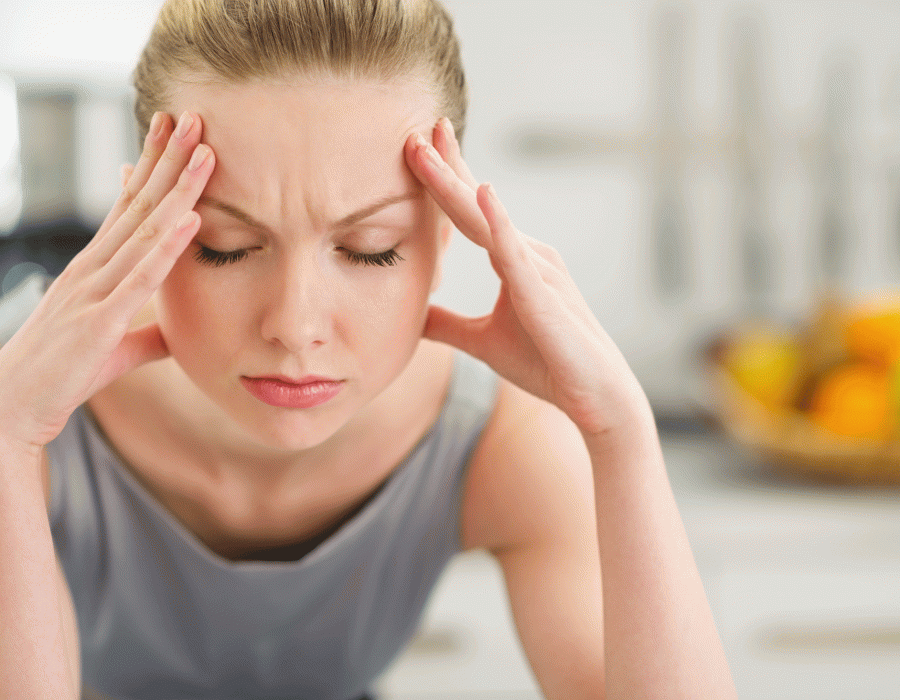Fitness and Performance
Using exercise to treat anxiety – the facts!

What are the facts about using exercise to treat anxiety?
Thanks to media exposure and celebrities opening up, we speak about anxiety disorders more and more. This is a hugely positive step as anxiety or any other mental health illness can seriously affect the quality of life and self-esteem.
There are numerous treatment techniques for anxiety, such as cognitive behavioural therapy (CBT) and medication. There is good evidence for their use. However, one should not underestimate using exercise to treat anxiety. It is a successful adjunct for those who need formal treatment, and for the rest of the population where anxiety and stress will affect us all at some point.
How does exercise help treat anxiety?
Exercise results in many of the same reactions that anxiety can cause. This includes increased heart rate, perspiration and respiration. By being exposed to these sensations repeatedly, it may reduce the fear response to these reactions and change how our brain interprets these sensations. By participating in an exercise, the reduction in resting heart rate and muscle tension can also be helpful.
What type of exercise is best?
For generalised anxiety disorder, aerobic exercise compared to anaerobic exercise appears to have a slight advantage, according to the research. It also has a benefit in people with chronic illness including those with cancer. Aerobic exercise includes cycling, running, hiking, swimming…basically exercise which is performed at submaximal levels (somewhat or quite hard, but you feel that you can continue for 20-30 minutes).
Anxiety sensitivity is a fear of anxiety and anxiety-related disorders and may result in panic attacks. High-intensity training can reduce the symptoms of this particular disorder slightly more than aerobic exercise. This type of training requires more physical exertion which can make you very breathless, so may not be appropriate for those with underlying conditions, so check with your GP or local health practitioner first.
Key points
- The benefit of exercise for both physical and mental health disorders is well documented. It is important for everyone to take part in some form of exercise a few times a week.
- The type of exercise depends on your goals and personal preference, but it should really be an activity you enjoy so that you continue to do it regularly. It doesn’t mean you have to join a gym or spend lots of money. Exercise can be done in the park or in your own living room.
- For generalised anxiety disorders, aerobic exercise for 30 minutes,2-3 times per week, may be particularly beneficial.
- For anxiety sensitivity and panic attack disorders, high-intensity exercise may be better than aerobic exercise for reducing the associated symptoms.
- Exercise generally, for 30 minutes or slightly more, is a great adjunct to other forms of treatment for those diagnosed with anxiety disorders and can be helpful for those experiencing anxiety and stress-related symptoms. Remember, the long term benefits won’t happen overnight. To see improvements, exercise programmes must be carried out for at least a few months.
So get that Lycra on and start moving today!
Article written by Finola Burrell, Chartered Physiotherapist